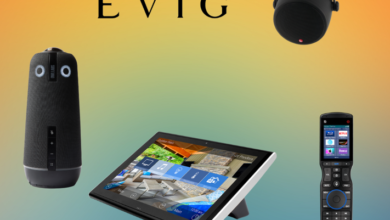
Tip Payment Screen : Understanding How Tip Screens Work
Tip payment screens are integral to modern transactions, simplifying the tipping process for consumers. They utilize default percentages and intuitive designs to guide decisions, reflecting societal norms. By automating calculations, these screens enhance user experience and potentially increase gratuities. Understanding the mechanics of these interfaces can reveal their impact on consumer behavior and service industry dynamics. What factors drive their effectiveness, and how can both consumers and service providers optimize their use?
How Tip Payment Screens Function
Although tip payment screens may vary in design and functionality, they fundamentally serve to facilitate the process of tipping by providing users with a clear and efficient interface.
Effective screen design incorporates intuitive layouts that enhance user experience, while automated tip calculation simplifies the decision-making process.
These screens aim to empower users, ensuring they can easily express gratitude without unnecessary complexity.
The Psychology Behind Tipping Prompts
What factors influence a customer's decision to tip?
Tipping behavior is often shaped by social norms and consumer expectations, compelling individuals to conform to established practices.
Emotional triggers, such as empathy for service workers or satisfaction with service quality, further impact tipping decisions.
Understanding these psychological elements can illuminate why tipping prompts are effective in encouraging gratuities, enhancing overall customer engagement.
Navigating Tip Options as a Consumer
When navigating tip options, consumers often encounter various choices that can significantly influence their gratuity decisions.
The display of tip percentages, typically presented as default suggestions, can shape consumer behavior by prompting higher or lower tips.
Understanding these options empowers consumers to make informed choices, balancing societal expectations with personal values, ultimately enhancing their experience while supporting service workers appropriately.
Best Practices for Service Providers
Understanding consumer behavior regarding tipping can provide valuable insights for service providers seeking to enhance their gratuity outcomes.
Effective tip calculation methods should be transparent, enabling customers to easily determine appropriate amounts.
Additionally, implementing customer engagement strategies, such as personalized interactions and feedback solicitation, can foster positive experiences and encourage higher gratuities.
These practices ultimately contribute to improved service satisfaction and revenue generation.
Conclusion
In the digital landscape of transactions, tip payment screens emerge as guiding beacons, illuminating the path toward generosity. By seamlessly integrating default percentages and user-friendly designs, they transform a simple act of gratitude into an effortless decision-making process. As consumers navigate these digital interfaces, they engage in a subtle dance of social etiquette and personal values, ultimately fostering a culture of appreciation that enriches both service providers and patrons alike. Hence, these screens are more than functional; they are catalysts for community connection.




